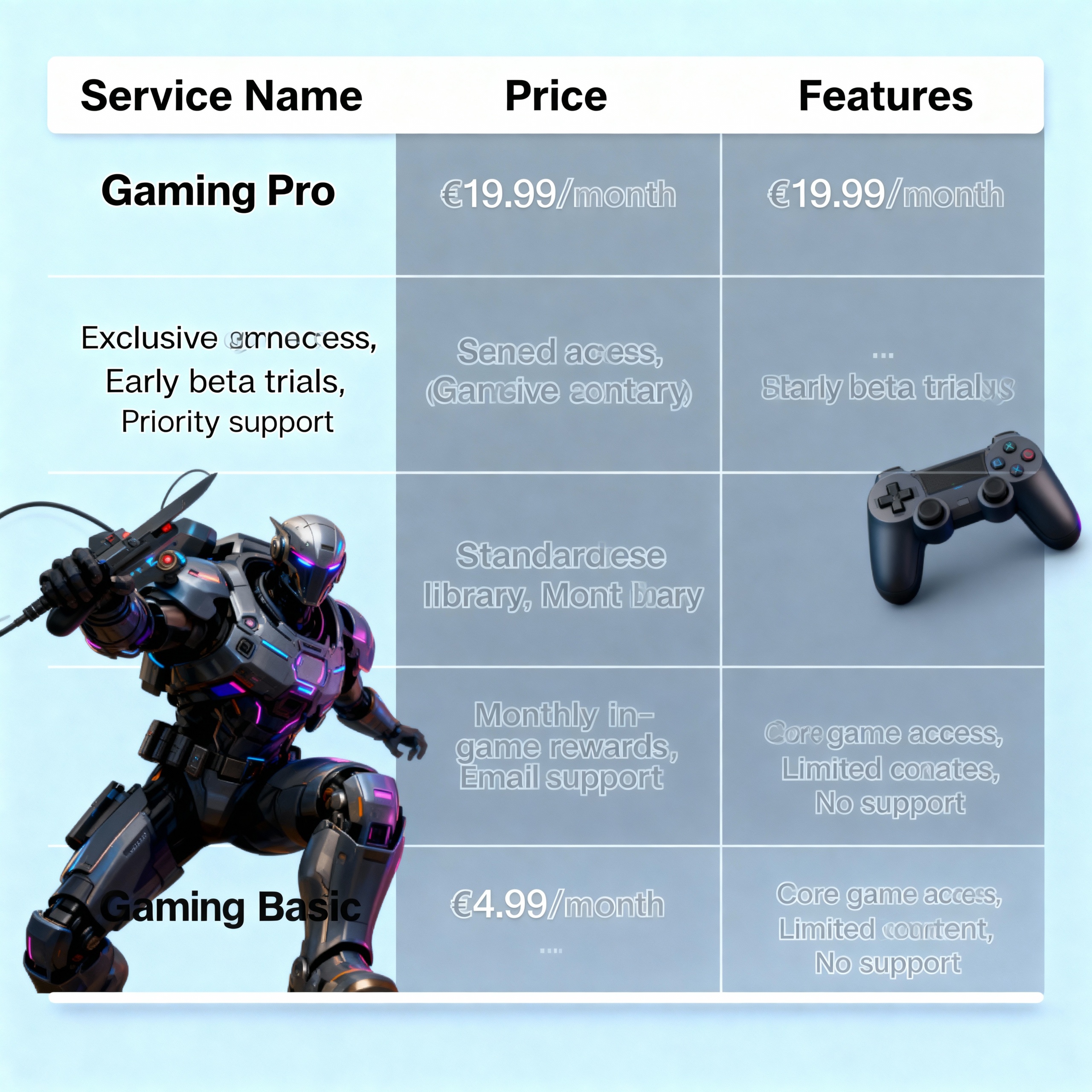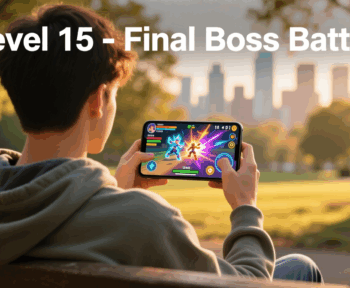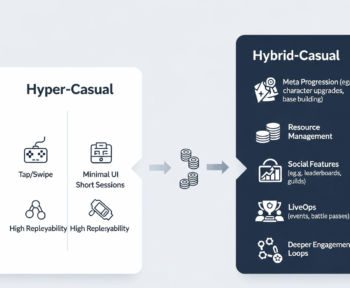The gaming subscription landscape in 2025 has evolved into a complex ecosystem of competing services, each offering different value propositions, game libraries, and features. With over 200 million subscribers across various platforms globally, these services have fundamentally altered how players discover, access, and consume games.
Xbox Game Pass – The Industry Standard Bearer
Xbox Game Pass Ultimate remains the most comprehensive gaming subscription at $16.99 monthly, offering access to over 500 games across console, PC, and cloud streaming. The service’s killer feature remains day-one access to all Microsoft first-party titles, including massive franchises from the Activision Blizzard acquisition. Games like Call of Duty, Diablo, and Overwatch launching directly into Game Pass have transformed the service from good value to essential for many players.
The PC Game Pass component at $11.99 monthly provides exceptional value for PC gamers, including EA Play access and frequent additions of third-party AAA titles. The separation between console and PC libraries has blurred, with most games available on both platforms. The recent addition of Ubisoft+ titles through a partnership has further enhanced the value proposition.
Xbox Cloud Gaming integration enables playing on devices from smartphones to smart TVs without hardware investment. The streaming quality has improved significantly with upgraded Azure infrastructure, achieving consistent 1080p/60fps on stable connections. However, the 4K streaming tier remains in beta, with compression artifacts still noticeable in fast-moving scenes.
PlayStation Plus – The Tiered Approach
Sony’s three-tier PlayStation Plus structure offers flexibility but creates confusion. Essential (9.99/month)providesonlinemultiplayerandmonthlygames.Extra(9.99/month)providesonlinemultiplayerandmonthlygames.Extra(14.99/month) adds a catalog of 400+ PS4 and PS5 games. Premium ($17.99/month) includes classic games, streaming, and extended trials. This tiered approach allows players to choose their investment level but fragments the user base.
The PlayStation Plus game catalog focuses on older first-party titles and third-party games, with Sony maintaining its stance against day-one releases. Blockbusters like God of War Ragnarök and Spider-Man 2 arrive 12-18 months after launch. This preserves premium game sales but reduces the service’s value compared to Game Pass’s immediate gratification.
PlayStation’s classic game collection through Premium tier offers nostalgia but limited practical value. While PS1 and PS2 titles receive enhancements like save states and rewinding, the selection remains limited. PS3 games available only through streaming suffer from latency issues that make precise gameplay frustrating.
Nintendo Switch Online – The Nostalgic Option
Nintendo Switch Online’s modest 19.99annualpricepointmakesitthemostaffordablemajorsubscription.ThebasictierincludesonlineplayandgrowinglibrariesofNESandSNESgames.TheExpansionPack(19.99annualpricepointmakesitthemostaffordablemajorsubscription.ThebasictierincludesonlineplayandgrowinglibrariesofNESandSNESgames.TheExpansionPack(49.99/year) adds N64, Sega Genesis, and Game Boy Advance titles, plus DLC for select games. While limited compared to competitors, the pricing reflects the narrower scope.
The retro game selection represents Nintendo’s greatest subscription value, with classic titles unavailable elsewhere legally. The addition of online multiplayer to retro games breathes new life into classics. However, the drip-feed release schedule and absence of GameCube or Wii titles disappoints fans hoping for comprehensive legacy access.
Nintendo’s family plan allowing up to eight accounts for $34.99 annually provides exceptional value for households. This pricing strategy acknowledges Nintendo’s family-friendly positioning while encouraging ecosystem lock-in through shared benefits. The recent addition of game trials for major releases adds value but remains infrequent.
EA Play and Ubisoft+ – Publisher-Specific Services
EA Play at $4.99 monthly offers surprising value with vault access to EA titles after 6-12 months, 10-hour trials of new releases, and 10% discounts on purchases. The service works standalone or integrated into Game Pass Ultimate and PlayStation Plus Premium. For sports game players who don’t need day-one access, EA Play provides cost-effective access to annual franchises.
Ubisoft+ at $17.99 monthly provides day-one access to all Ubisoft titles including premium editions and DLC. For dedicated Ubisoft fans, the value is clear with 3-4 major releases annually. However, the narrow focus and premium pricing limit appeal. The recent multi-platform expansion beyond PC improves accessibility but doesn’t address fundamental value concerns.
Publisher services face sustainability questions as the subscription market fragments. Consumers resist multiple subscriptions, forcing publishers to choose between standalone services and partnership deals. The trend toward bundling into platform subscriptions suggests standalone publisher services may not survive long-term.
Cloud Gaming Specialists – GeForce NOW and Amazon Luna
GeForce NOW’s unique bring-your-own-games model differentiates it from content subscriptions. The free tier with one-hour sessions enables casual cloud gaming, while Priority (9.99)andUltimate(9.99)andUltimate(19.99) tiers offer extended sessions and RTX features. The ability to play owned Steam and Epic games provides value for existing PC gamers wanting mobile access.
Amazon Luna’s channel-based approach at $9.99 monthly for Luna+ provides rotating game selection and integration with Twitch. Additional channels for Ubisoft, Jackbox, and retro games allow customization but increase costs. The Prime Gaming channel free for Amazon Prime members offers limited selection but represents significant value for existing Prime subscribers.
Cloud gaming services face ongoing challenges around latency, data caps, and game availability. Publisher agreements regularly see games removed from platforms, frustrating players mid-playthrough. The technology has improved dramatically but remains supplementary rather than replacement for local gaming for most players.
Regional and Niche Services
Apple Arcade at $6.99 monthly targets casual and family gaming with 200+ ad-free, premium mobile games. The focus on original content without monetization mechanics provides unique value for parents seeking safe gaming for children. Cross-device play between iPhone, iPad, Mac, and Apple TV leverages Apple’s ecosystem advantage.
Google Play Pass at $4.99 monthly offers similar ad-free gaming on Android plus app benefits. The service struggles for visibility against free-to-play alternatives but provides value for users seeking premium experiences without microtransactions. Integration with family sharing makes it cost-effective for households.
Regional services like China’s Tencent START and Korea’s KT Game Box cater to local preferences with regional content and payment methods. These services often provide better value in their markets through local partnerships and content unavailable on global platforms.
Value Analysis and Hidden Costs
Calculating true subscription value requires considering usage patterns, genre preferences, and additional costs. Game Pass Ultimate’s $204 annual cost equals three full-price games, making it valuable for players trying multiple titles. However, players focused on specific games might spend less buying selectively.
Hidden costs include internet requirements for streaming, storage for downloads, and potential DLC purchases for subscription games. Games leaving subscriptions mid-playthrough force purchase decisions. The psychology of “free” games in subscriptions can paradoxically increase spending on DLC and microtransactions.
Subscription hopping has emerged as a consumer strategy, rotating between services based on content releases. This approach maximizes value but requires tracking multiple accounts and accepting interrupted access. Services increasingly offer discounted return incentives to combat this behavior.
Library Management and Discovery
The paradox of choice affects subscription gaming as massive libraries overwhelm players. Analysis shows average subscribers try fewer than 10% of available games, similar to streaming video behavior. Curation and recommendation systems become crucial for perceived value beyond raw game count.
Discovery features vary significantly between services. Game Pass’s genre filtering, completion time estimates, and friend activity provide superior discovery. PlayStation Plus relies more on editorial curation with limited algorithmic recommendations. Nintendo’s minimal discovery features reflect its smaller, more focused library.
The ephemeral nature of subscription libraries creates anxiety about game availability. Services provide leaving soon notifications, but the 30-day warning often insufficient for longer games. This uncertainty pushes some players back to ownership models for games they want to experience fully.
Impact on Game Development and Industry
Subscription services have altered development priorities, favoring engagement over initial sales. Games designed for subscription success emphasize immediate hooks, shorter completion times, and social features that drive word-of-mouth. This shift benefits some genres while potentially harming others requiring slower burns.
Independent developers report mixed subscription results. Guaranteed revenue from subscription deals provides financial security, but some report decreased sales after leaving subscriptions. The visibility boost from subscription featuring can launch careers or get lost in library noise depending on curation decisions.
The sustainability of subscription economics remains uncertain. Services operate at losses while building subscriber bases, similar to streaming video’s trajectory. Consolidation seems inevitable as the market cannot support current service numbers long-term. Players may face fewer choices but potentially better value as services mature.
Future Trends and Predictions
Bundling with non-gaming services accelerates as companies seek subscriber growth. Microsoft’s potential Xbox Game Pass and Microsoft 365 bundle, Sony’s PlayStation Plus and Crunchyroll combination, and Amazon’s Prime Gaming expansion represent this trend. These bundles improve value but risk creating monopolistic ecosystems.
Tier proliferation will likely continue as services seek price discrimination opportunities. Ad-supported tiers following streaming video’s model seem inevitable despite gamer resistance. Premium tiers with exclusive content, early access, and enhanced features will extract more from willing payers.
The convergence of gaming and entertainment subscriptions points toward unified platforms offering games, movies, music, and more. Apple One and Amazon Prime already bundle multiple media types. This convergence could provide unprecedented value or create expensive, bloated services depending on execution. The gaming subscription market of 2025 represents a transitional phase toward more integrated digital entertainment futures.





